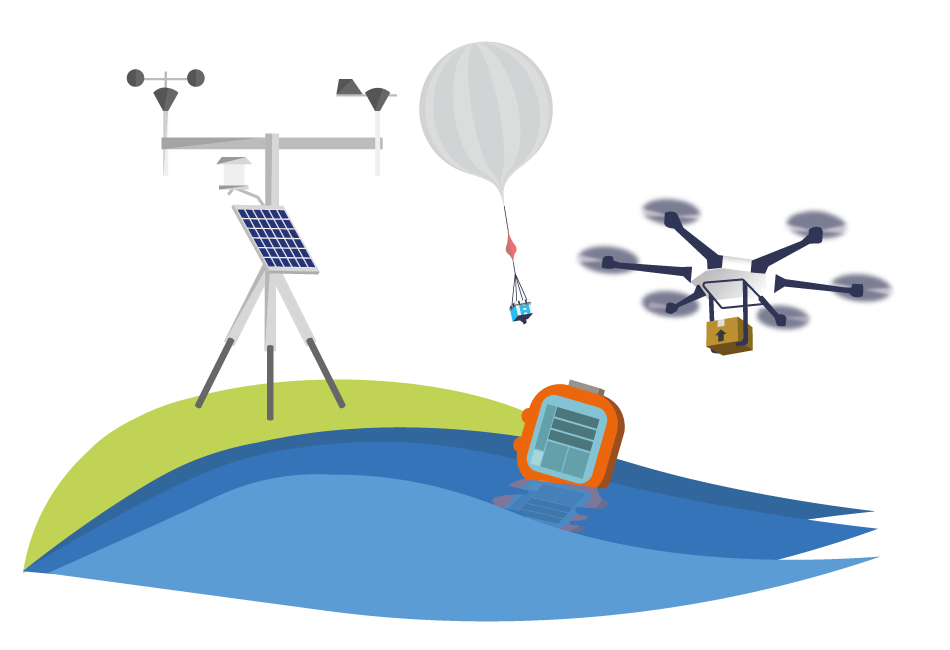Our RockSTAR and RockFLEET devices are used throughout the world, tracking all sorts of things – people, vehicles, machines, animals. Most of the time you set a transmission frequency for the unit (e.g. once every 15 minutes), attach the tracker, and then leave it to do its job.
However, over the years we’ve been asked whether this speed could vary, depending on the motion of whatever the tracker was attached to.
So we’ve come up with ActivitySense.
ActivitySense has been introduced in the latest version of firmware for RockSTAR and RockFLEET units. It uses a combination of sensors to determine whether something is moving. The problem is, different things move in different ways – so how do we cope with that? Let’s take a look.
ActivitySense on Cars and Bikes
When a car’s engine is running and driving along the road, there tends to be an element of vibration. When the car or bike stops and the engine is turned off, that vibration goes away. To detect this, we use a mode called ‘Bump’, which employs the accelerometer inside the tracker. If we detect vibration continually for a period of 10 seconds, we start transmitting at a faster rate. When that vibration has stopped for 60 seconds or more, then we drop the unit back down to its normal transmission rate.
Obviously different vehicles have different levels of vibration, so we have an adjustable threshold, meaning you can tune the detection to match your particular requirements.
ActivitySense on Airplanes
While an airplane will tend to vibrate and bump around when on the ground, once it reaches cruising altitude and throttles back, most of that vibration goes away. So we can’t use the same vibration-detection method we use on cars and bikes.
Instead we use the GPS chip and have a mode called ‘Bump+GPS’ – the vibration on the ground initially wakes the unit up and turns on the GPS chip. The transmission speed increases. We then monitor the speed of the plane via the GPS chip, and we keep transmitting more quickly until the GPS speed drops below 4mph, as the plane is hardly likely to be in the air at that speed. Then we drop the transmission rate down again and wait for bumps to wake it up next time.
ActivitySense via Power
For some applications, we’ve been asked if our units can transmit more quickly when receiving external power – and less quickly when running from batteries. Again, we have a mode in ActivitySense to detect this, simply called ‘Power’. If external power is applied then the tracking frequency can be faster than if running on battery.
A good example of this is one of our customers, who uses units on rapid deployment rigid inflatable boats. Whilst the boats are ‘docked’ on the mother-ship, they transmit once every two hours. As soon as the ignition is switched on, they start taking positions every five seconds, transmitting once a minute.
Cost Savings
Apart from the flexibility ActivitySense gives our customers, by automatically managing how often it transmits at different times, it also saves them money. Each position report transmitted over the Iridium satellite network costs money, so why transmit every five minutes for days on end when whatever you’re tracking is sat in the same place?
To find out more about ActivitySense, or any of the other features of our products, get in touch.
Get in touch
We'd be happy to talk to you about your project and offer impartial advice on the best antenna and satellite service for your particular requirements. Call or email us, or complete the form.

